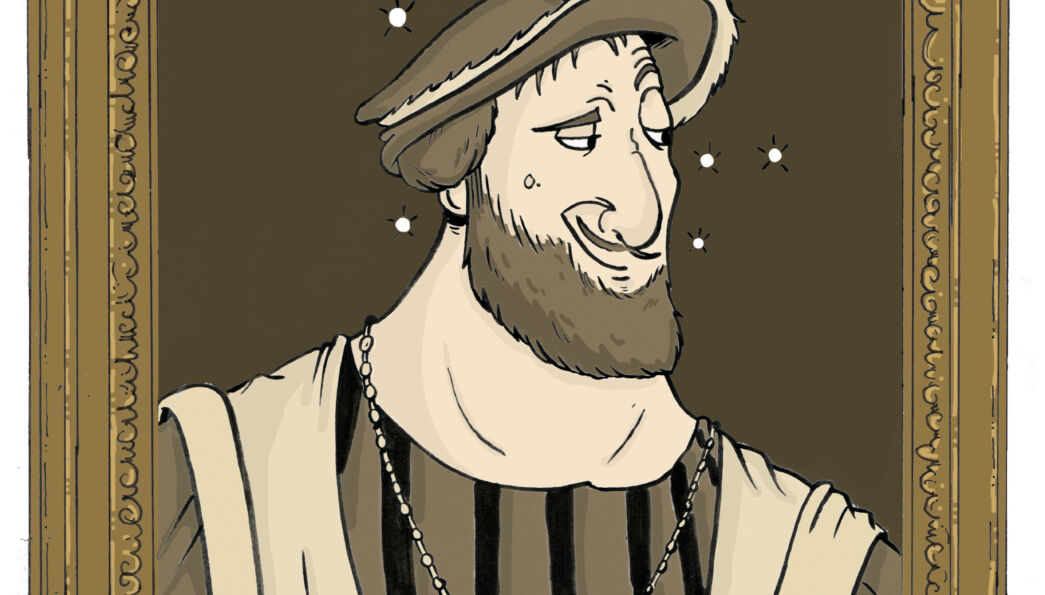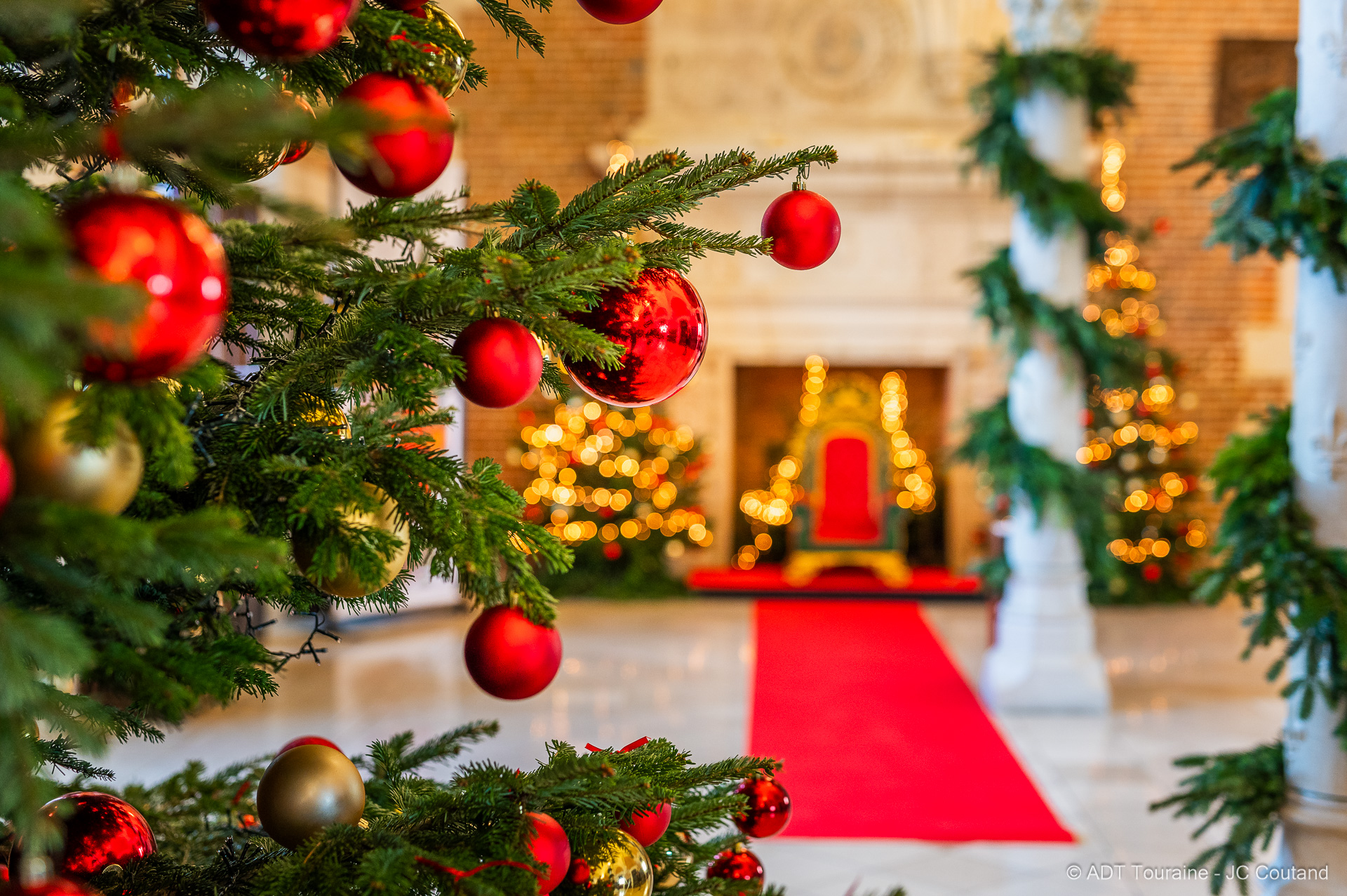Name: Francis of Angoulême
Date of birth: September 12, 1494, in Cognac
Date of death: March 31, 1547 in Rambouillet
King of France from January 25, 1515 to March 31, 1547
Mother: Louise of Savoy
Father: Charles d’Orleans
His biography
Francis the First is considered the most emblematic king of the French Renaissance period. His reign allows an important development of arts and letters in France, for which he was a great patron.
On the military and political level, it was punctuated by wars (in particular the campaigns in Italy, with the famous battles of Marignan and Pavia) and important diplomatic events, such as the famous encounter at the Camp du Drap d’Or with King Henry VIII of England. His long-term rivalry with Emperor Charles V, the other great monarch of that time, will also mark history.
Francis the First was also a king-builder. He undertook major works in his residences in the Loire Valley (Amboise, Blois) and Ile-de-France (Fontainebleau, Saint-Germain-en-Laye, the Louvre castle), launched the construction work of the monumental Chambord Palace.
Under his reign, the kingdom of France also opened up to the conquest of the world: exploratory voyages by Jacques Cartier in Canada, by Verrazzano in the bay of the future New York, by Villegagnon on the shores of Brazil.
Francis the First at the royal castle of Amboise
Francis of Angoulême arrives at the age of 7 at the royal castle of Amboise, in the company of his mother and his sister Marguerite. Like other little royal princes, he spent a large part of his childhood in this reputedly safe and healthy fortress. Installed on the throne of France, he made it one of his favorite palaces and stayed there very regularly throughout the first part of his reign. Like his predecessors, he will carry out substantial development work, in particular on the royal residence.
Under his reign, the Château d’Amboise became a place of influence for the Court of France. The greatest artists of the time stayed there and absolutely sumptuous parties were organized there. It was at his invitation that Leonardo da Vinci moved to Amboise in 1516. It was also he who granted Leonardo the possibility of being buried in the royal castle, where he still rests.
To see at the royal castle of Amboise
His various portraits in the large council room
The numerous salamanders – his totem animal – in the sculpted decorations
The large painting “The death of Leonardo da Vinci” in the king’s bedroom

